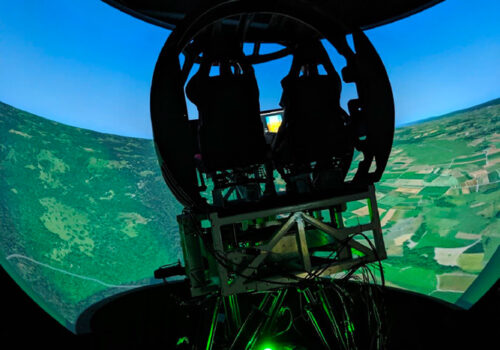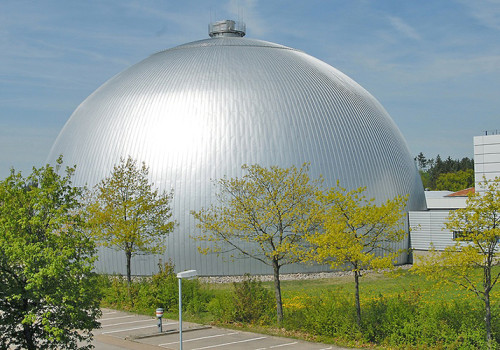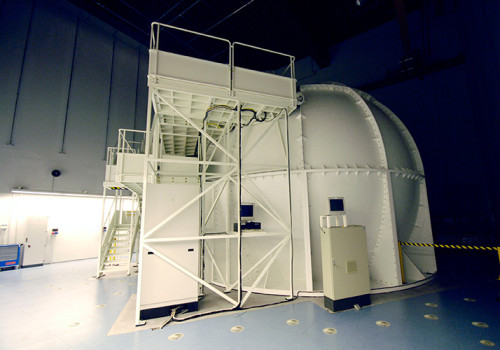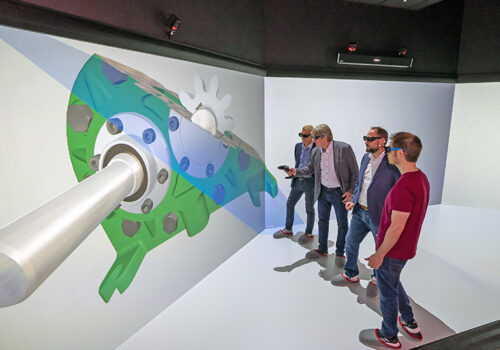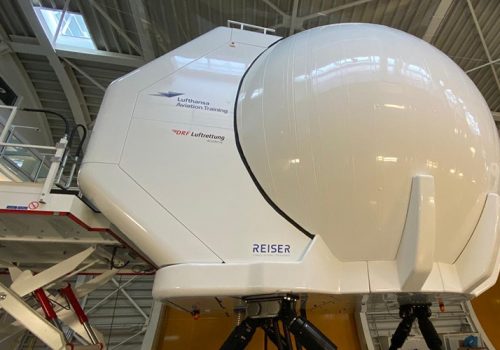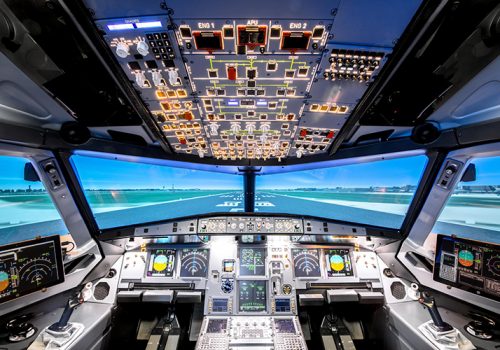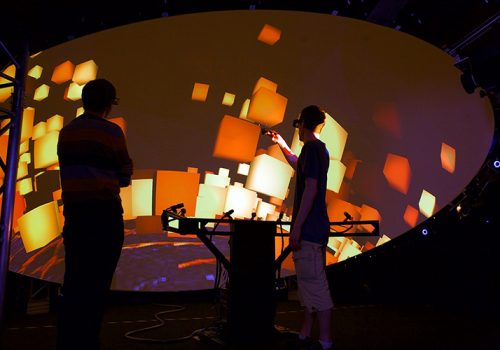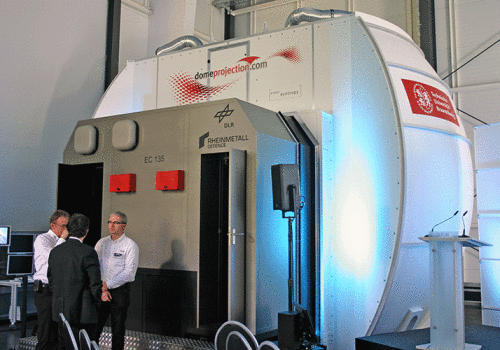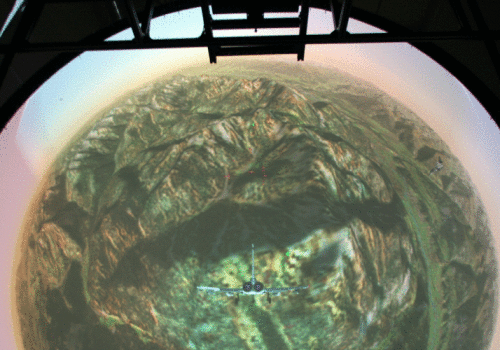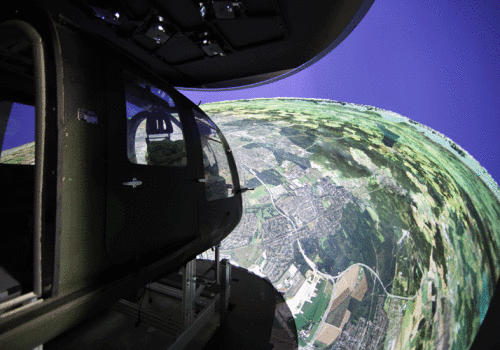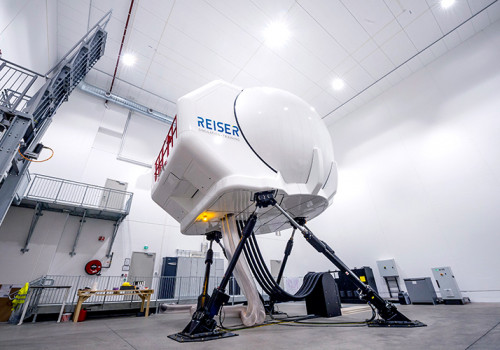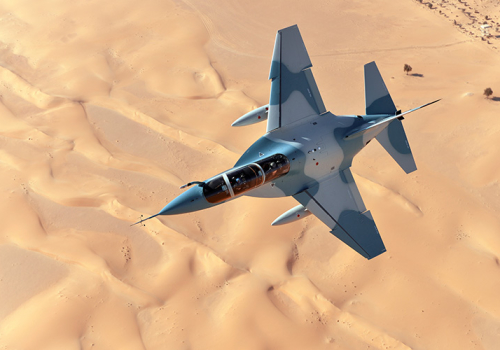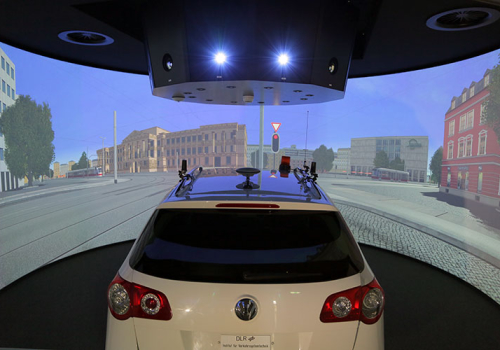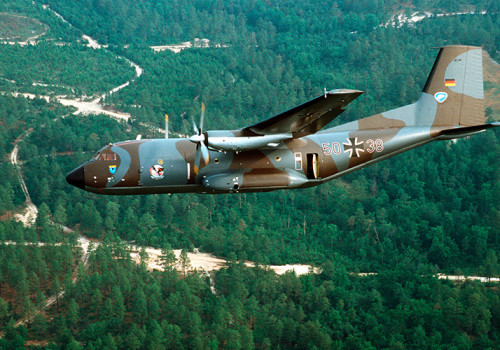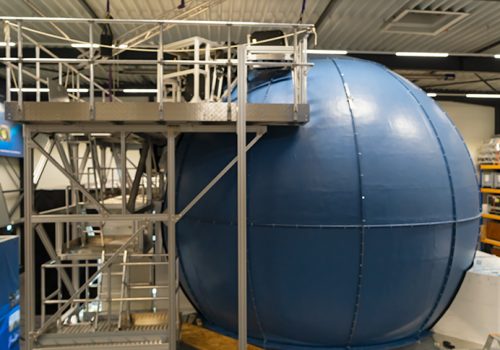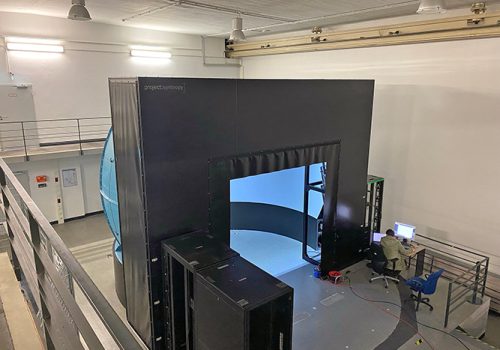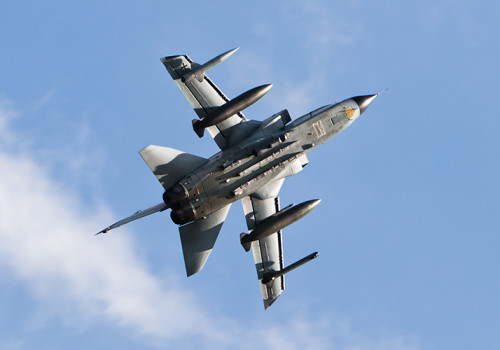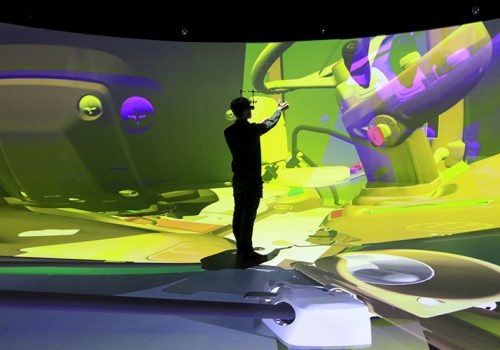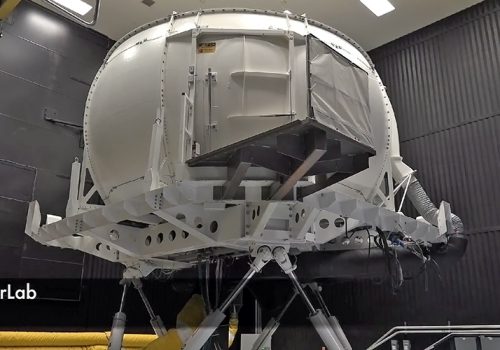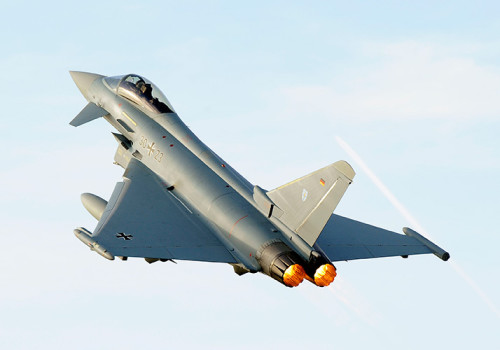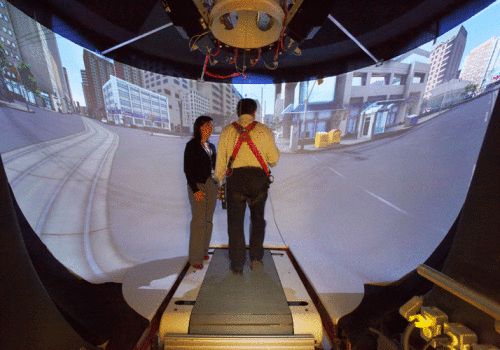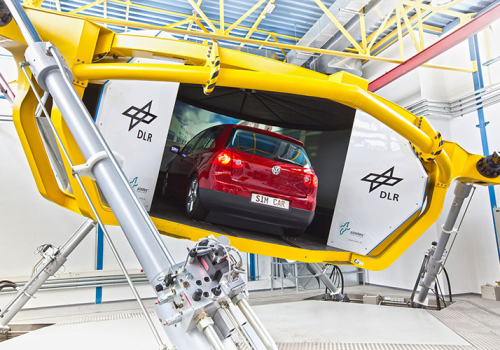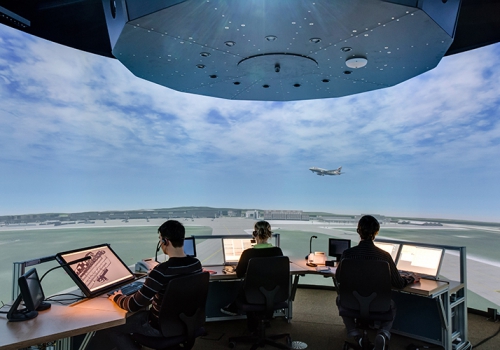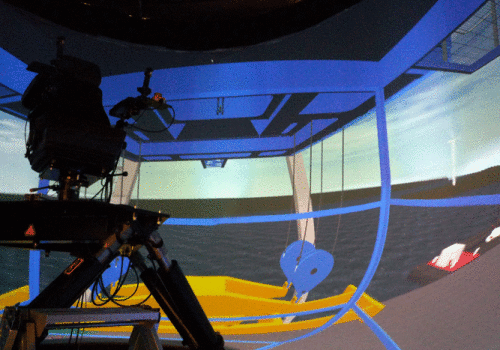Customer
The Vertical Lift Research Center of Excellence (VLRCOE), Motion Base Flight Simulator Lab, Pennsylvania State University Pennsylvania/USA
Project
Turnkey visual display solution for a full-motion rotorcraft flight simulator equipped with a 5m diameter curved screen on a dedicated mounting structure, six-channel WUXGA projection system, including domeprojection.com ProjectionTools autocalibration and warping.
The Vertical Lift Research Center of Excellence (VLRCOE) of the Penn State University planned an “Advanced Flight Simulation Facility for Research on Sea-Based Operations of Rotorcraft” to develop a more advanced rotorcraft flight simulation facility which should be used for research on helicopter ship landings, as well as other rotorcraft flight dynamics, controls, and handling qualities topics. While attending a Helicopter Symposium hosted by the Institute for Helicopter Technology of the Technical University Munich/Germany, they learned and tested the helicopter simulator ROSIE (Rotorcraft Simulation Equipment) and were also impressed by the quality of ROSIE’s visual system which we had delivered a couple of years ago. Penn State opted for a more or less identical visual system for their full-motion rotorcraft flight simulator from us.
We therefore delivered a six-channel visual display system – at that time equipped with projectiondesign F22 WUXGA projectors – which provides a large field of view of 210° horizontal and +20°/-50° vertical on the spherical screen. The complete system was equipped with domeprojection.com ProjectionTools auto-alignment and nWARP based on Nvidia graphics cards.
The simulator features a BA609 Simulation Cab donated by Bell Helicopters. The cab is mounted on a 6-DOF full-motion base developed by Servos and Systems Inc. The electromechanical motion base provides +/- 30° roll / pitch / yaw motion in a compact 1 m3 system.
Meanwhile we supported Penn State to relocate the system to a new building.
About the VLRCOE at Penn State University
In 1996, a Penn State team was competitively awarded one of the three Rotorcraft Centers of Excellence (RCOE) by the newly formed National Rotorcraft Technology Center (NRTC). Since that time, Penn State research and graduate student enrollment has grown 10 fold, having been competitively awarded RCOE and VLRCOE Cooperative agreements from the NRTC in 2001, 2006, 2011, 2016, and 2021. Penn State also receives strong support from the US Office of Naval Research, NAVAIR, US Army Research Office, USAF Agility Prime, AATD, AED, NASA (Ames, Glenn and Langley Research Centers), and numerous industry partners throughout the vertical flight community.
The Motion Base Flight Simulator Lab allows graduate student researchers to develop advanced control systems, dynamic models of advanced rotorcraft configurations, or new pilot interfaces and then test them in a realistic simulation environment with actual rotorcraft pilots.
